
Gold is the special currency for the investment and reserve, and it is even an important industrial raw material for jewelry, electronics, aerospace and other industries. With the rapid development of industry and finance, the gold processing has been paid close extensive attention and developed rapidly.
With the decrease of the ore grade, the demands for gold ore dressing technology is increasing gradually. In recent years, new process, new technology and new equipment are constantly being applied in the gold ore processing, which promotes the gold ore dressing process and production index.
Xinhai has been committed to the research and development of gold ore dressing technology and equipment for 20 years and possessed rich project experience, who can provide you with reliable equipment and technical services. Let's see Xinhai by combining the following several common gold ore dressing processes.
Due to the large proportion of gold ore, gravity separation is the most common method for gold recovery, and it is often used to deal with all kinds of gold ores with other mineral processing methods. Sand gold is separated by gravity separation process mostly.
In the gravity separation plants, the common gravity separation equipment includes shaking table, jig and spiral chute.
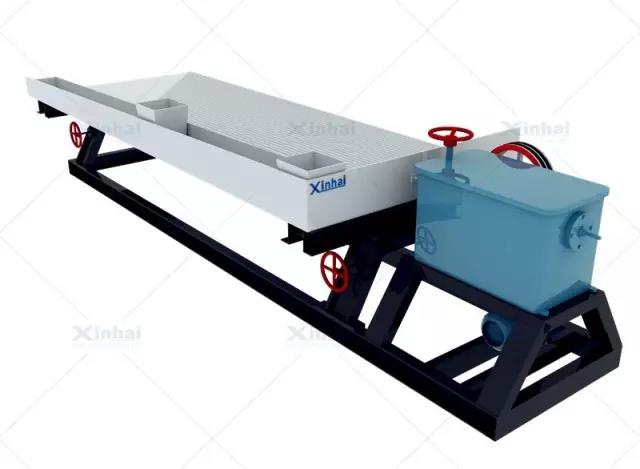
Xinhai XS shaking table can be applied in roughing, concentrating and scavenging.
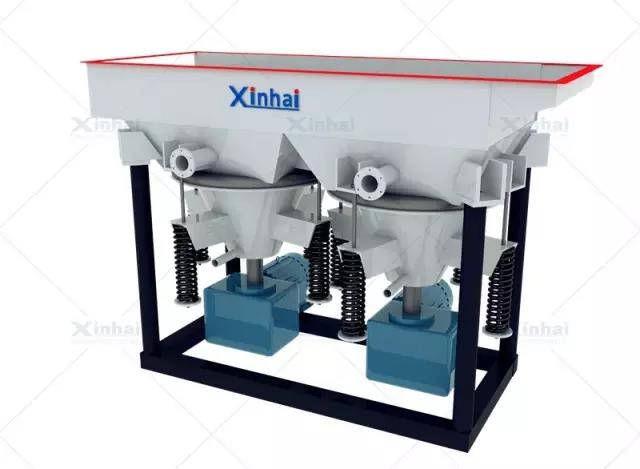
Due to its large processing capacity, wide granularity range and simple operation, it is widely used in the separation of metal minerals, such as gold, iron, titanium, tungsten and manganese ore.
Cyanide leaching is one of the main methods for gold recycling. It has advantages of high recovery rate, strong mineral adaptability and in-place gold producing, so it is widely used in gold processing. Cyanide leaching can be divided into two types: tank leaching (agitation leaching) and heap leaching (percolation leaching).
Agitation leaching: After the grading and classifying, the pulp becomes the appropriate concentration through the thickening and dewatering, then add cyanide solution to mix, then enter to leaching.
Xinhai adopted CIL process for a Tanzania 1200 t/d gold project. The gold project has been put into production after the process design construction and installation & debugging. And the leaching rate of the gold was 91.5%, which brought considerable economic benefits for the miner.
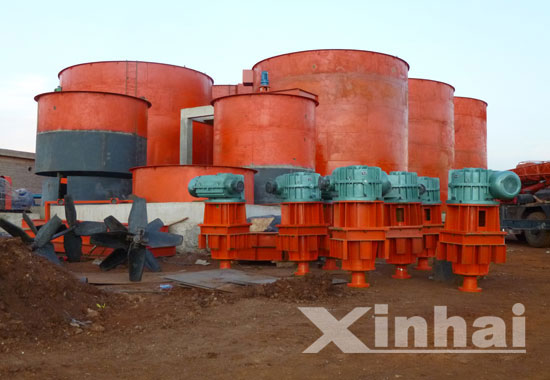
Compared CIP process with other traditional processes, Xinhai CIL process greatly shortened the time of cyaniding and reduced the capital backlog in the gold detention link.
Taking 100000 t/m gold Cyanide leaching plant as an example, the gold grade of the raw ore is 7.5 g/t, the CIL process saved more 486000 dollars investment cost and reduced more 201700 dollars remained in the gold production. Excluding the extra 12600 dollars for activated carbon, the whole process saved and recovered 675100 dollars in advance.
The installation and debugging of Tanzania 1200t/d gold ore dressing project
In addition to the single cyanide process, we also completed a number of joint mineral processing projects. For example, the following Zimbabwe 700t/d gold ore dressing project combined gravity separation with the cyanide leaching process.
The mine of this project was quartzite rock gold mine, mostly oxidized ore and sulfur-bearing raw ore. The whole process adopted two stage closed crushing and screening, two closed grinding and classifying process. The mineral processing combined gravity separation with CIP process, realizing the high efficient gold recovery.
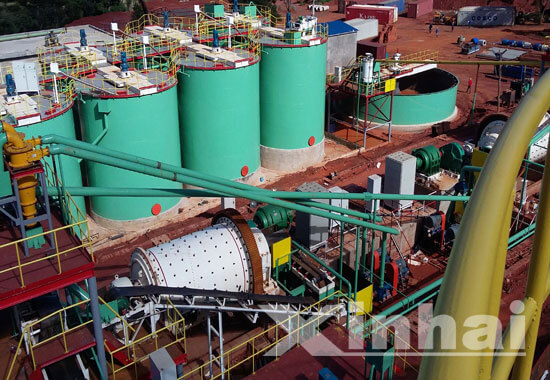
Stacking low-grade gold ore on the anti-seepage foundation, then using the low concentration of alkaline cyanide liquid to spray the ore heap, dissolving the gold ore. The gold bearing solution infiltrates from the ore heap, then using the activated carbon adsorption or the zinc powder exchange precipitation to recover the gold.
The leaching process is divided into spray leaching and dripping leaching.
Spray leaching: the nozzle sprays the solution (sent by the piping system) to the air, which forms the raining effect then scatters the space of the ore heap.
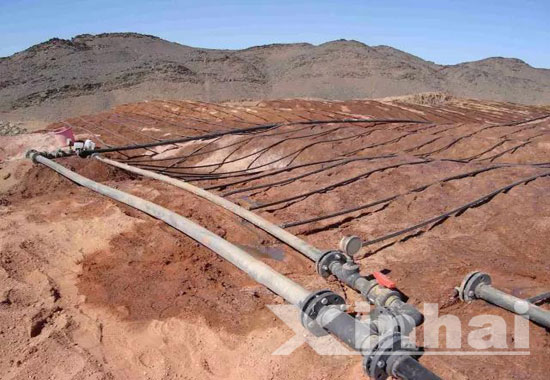
The dripping leaching system on the customer's spot is similar to the dripping device that used in plant irrigation, which falls down within a short distance and small area.
Flotation process is widely used to deal with all kinds of gold ores. Usually, it is applied in the high float ability sulfide containing gold ore.
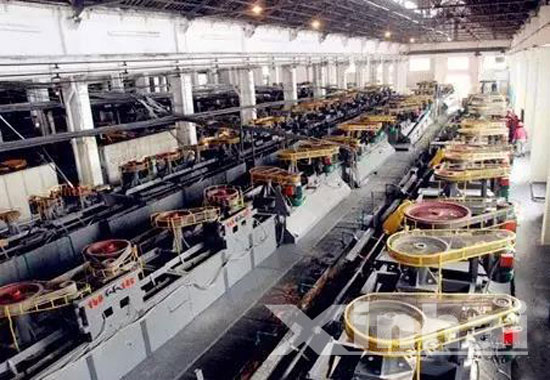
The flotation process can maximum concentrate the gold into sulfide mineral concentrate, so as to abandon the tailings early and reduce the ore dressing cost. In addition, the flotation process often used to deal with the multi-metal ore, realizing efficient and comprehensive utilization of mineral resources.
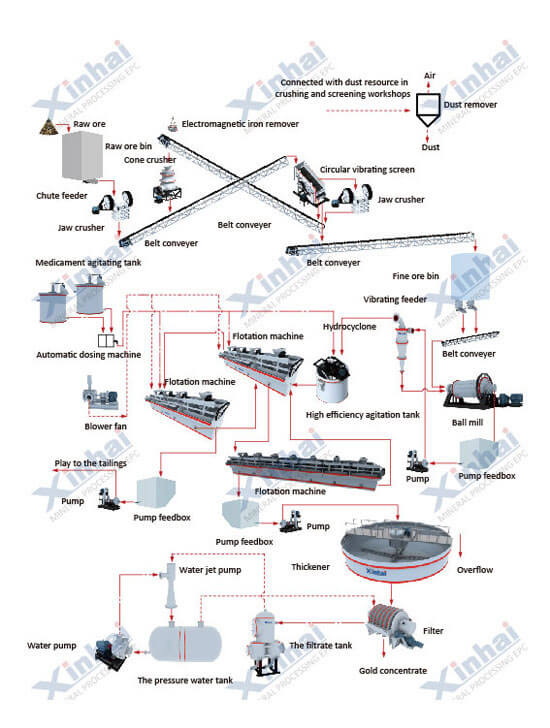
In practical production, we often determine the best gold process according to the experiment, it is maybe the single gravity separation, cyanidation and flotation process, or a joint process.
At present, with the encouragement of the increasing demand and rising gold prices, the promotion and application of new technology and the new process will continue to be developed.
To find out more about our products and solutions, please fill out the form below and one of our experts will get back to you shortly.